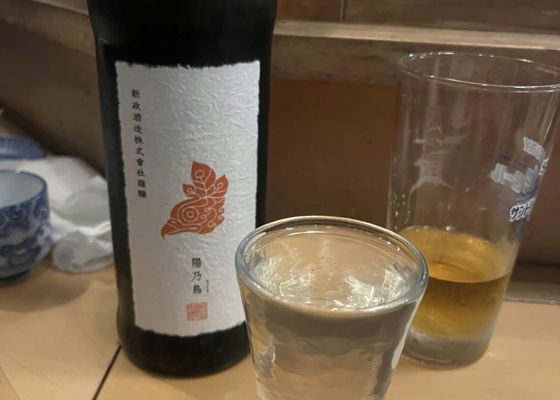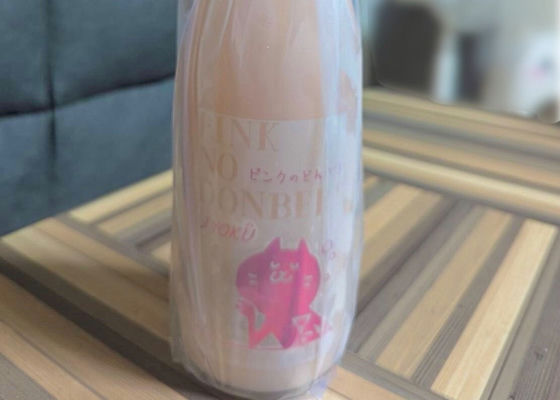
suzu☺︎︎︎︎
Urakasumi × Ichinokura
Raw material rice: Sasanishiki (Miyagi Prefecture)
- Rice polishing ratio: 60
Alcohol: 15%.
Sake meter: +2
Storage method: Keep at room temperature
Unlike last year, this year's sake is a junmai ginjo!
The taste on the palate is fruity, reminiscent of pears and bananas, but the aftertaste is clean and sharp.
The rice used is Sasanishiki.
It is slightly dry, but easy to drink and delicious.
Ichinokura and Urakasumi, two of Miyagi's top breweries, teamed up to create this sake based on the concept of "changing the stereotype of sake. (Change 🟰 so 🐸 design)
This year, the second edition of the project, "Back to Basics" has been added to the new concept to break through the same stereotypes and create new attractions as last year,
This year's edition is a new concept, "Back to Basics," which is designed to break through the stereotypes of last year's edition and create a new appealing point, transcending the boundaries of breweries in order to make it easier for all generations to freely enjoy.
The two breweries have come together to create a new concept of sake that has never been seen before, and together with the character frogs (Urara and Kurara), you can enjoy the impression of sake in your own way and encounter the "frogs" in your own way... 🐸
Japanese>English


